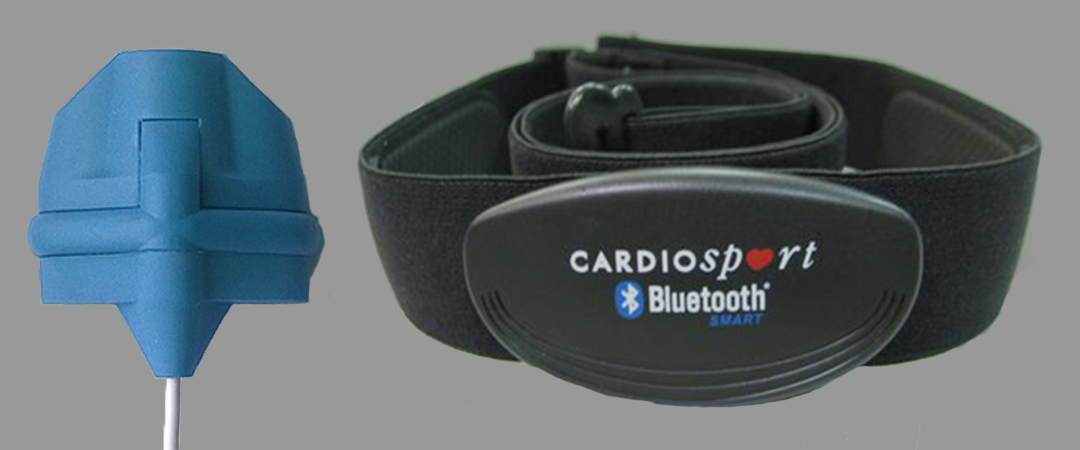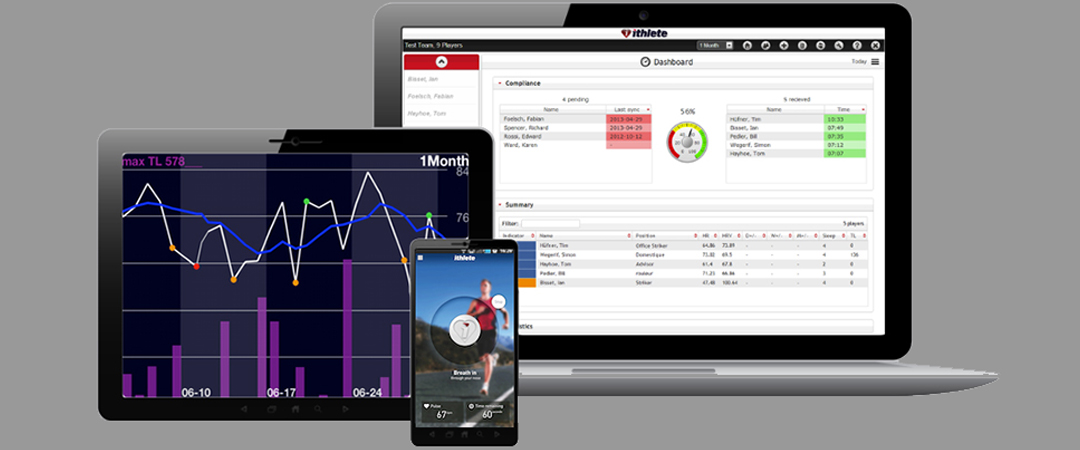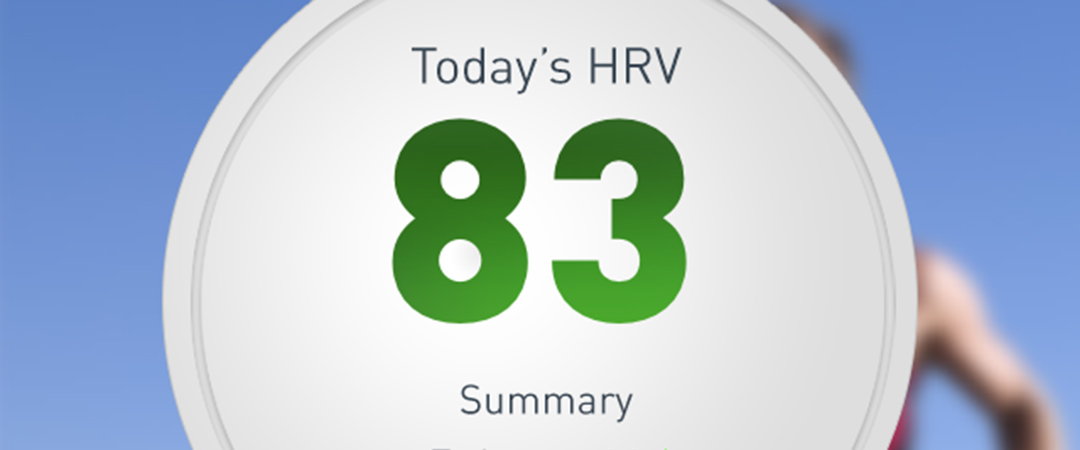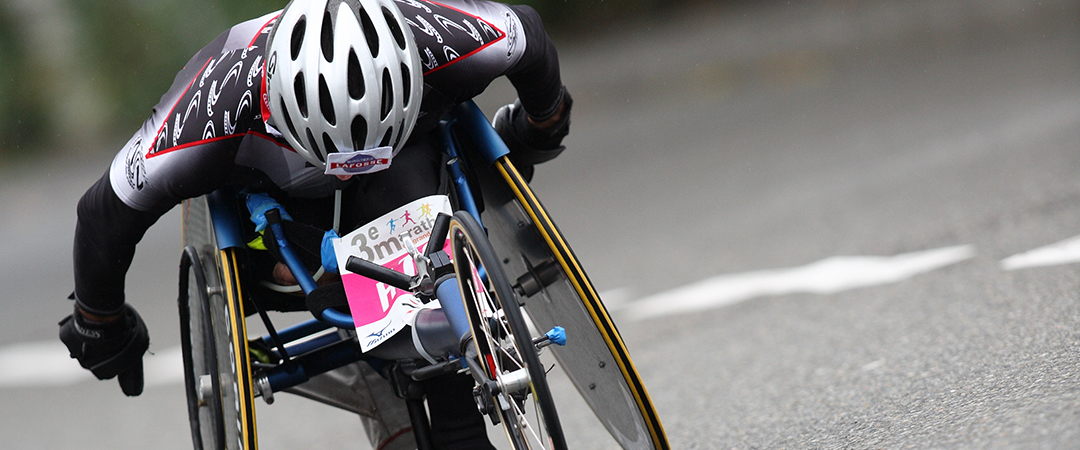The ithlete blog
Welcome to the ithlete blog, the central place to get the latest company news, read real user stories, get our take on heart rate variability news and research, get top tips on using ithlete and share your thoughts.
If you are looking for something in particular you can use the category sections, popular tags or the site search bar to jump right to what you need.
Featured post
No Results Found
The page you requested could not be found. Try refining your search, or use the navigation above to locate the post.
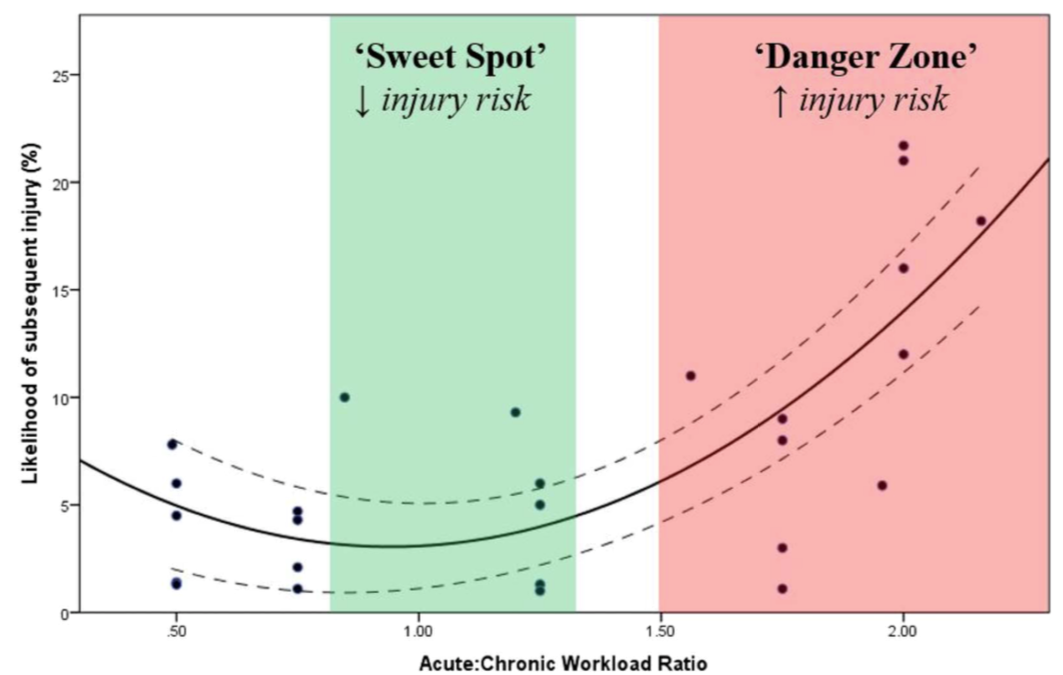
Acute to Chronic Training Load ratio. What does it mean and how is it useful?
Coaches often talk about the importance of not increasing your training volume too quickly. For example many running coaches say not to increase your mileage by more than 10% per week to reduce the chances of overuse injuries. But now there is a more scientific and personalised formula – and it’s easy to use too!

The effect of fluctuations in training load on heart rate variability in elite rugby union players
Masters student and Rugby Union player Richard Beck tells us about his dissertation using ithlete. Additional research into daily HRV responses to rugby training and matches is always welcome and Richard’s study will be a great addition.
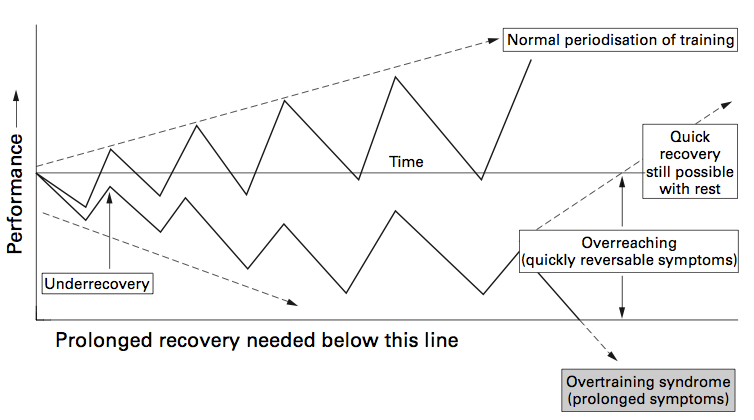
Periodisation – A shake up to training adaptation theory?
The stress – adaptation response considered to underlie improvements in performance caused by training has hardly been questioned in almost 100 years. Now, a new and thought-provoking review paper questions the basis for this model, especially as it applies to human...
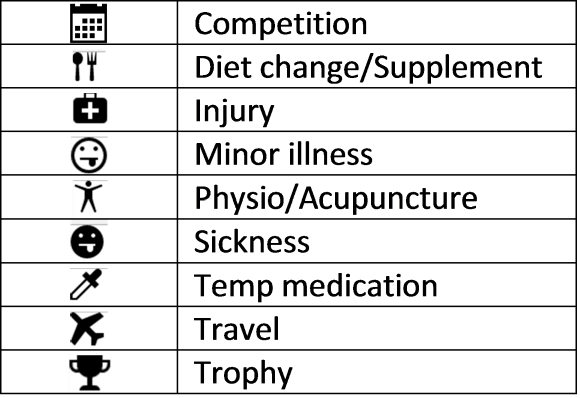
ithlete Pro – a new look and new features
A first look at all of the exciting new ithlete Pro updates.
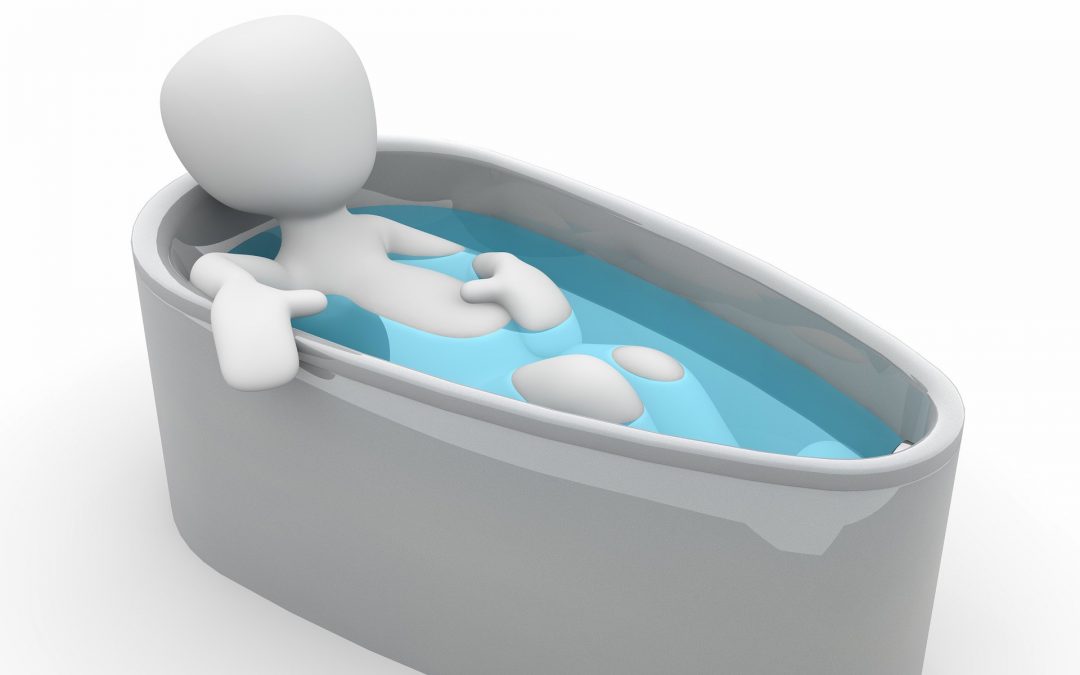
Individualised cold water immersion to speed recovery
Who, what and why? Coldwater immersion baths are often used to speed up recovery in both endurance and team sports. It is thought to be effective by moving fluid back from muscle tissue into the circulation, preventing reduction in contractility and associated muscle...
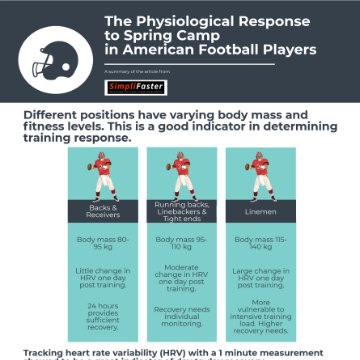
Physiological Responses to Spring Football in College Players
For over 5 years, the team of Andrew Flatt & Mike Esco have been doing sports performance HRV studies in collegiate athletes. Their latest project involves monitoring HRV in collegiate football players during spring camp. Players in different positions have...

New Study: Investigating resilience and heart rate variability
Jasmine Raw, Dr Louise Leyland, Dr Carien van Reekum and Dr Michiko Sakaki This study is being performed at the University of Reading, UK to look further into the relationship between age, heart rate variability (HRV) and the ability to regulate emotions and...
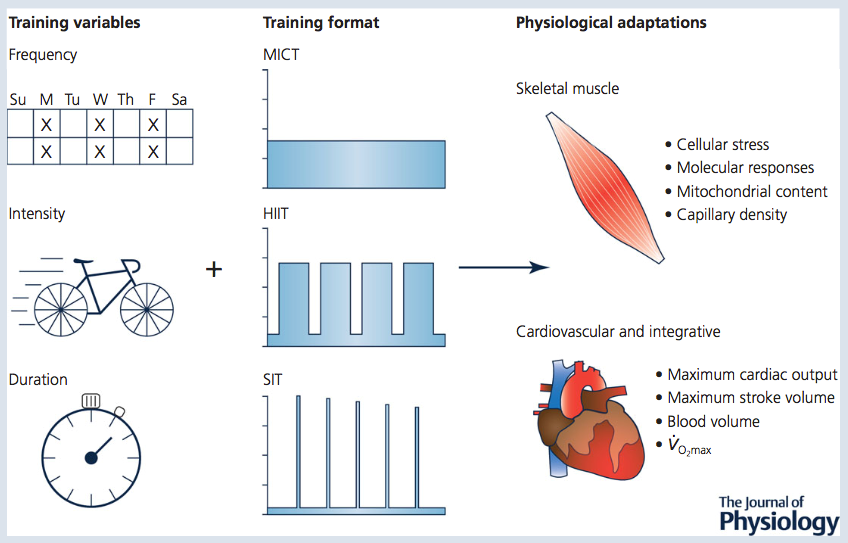
How does HIIT make you fitter? And how intense does it need to be?
Interval exercise typically involves repeated bouts of intense exercise followed by short periods of recovery. This method is commonly divided into high-intensity interval training (HIIT; ‘near maximal’ efforts of 85-95% max heart rate) and sprint interval training...
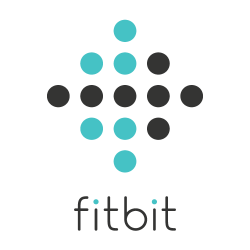
Why ithlete? – Recording Training Load
Recording training load can often explain daily ithlete readings. ithlete offers a range of methods to import or enter your Training Load. Find out how.
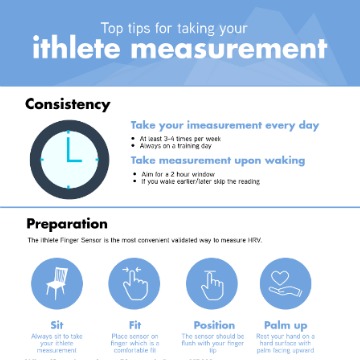
How to take your ithlete measurement
Find out how to take your ithlete measurement successfully first time every time. This infographic will help you to connect your sensor correctly as well as understanding how to use the app features. Following correct measurement protocol will ensure you're logging...
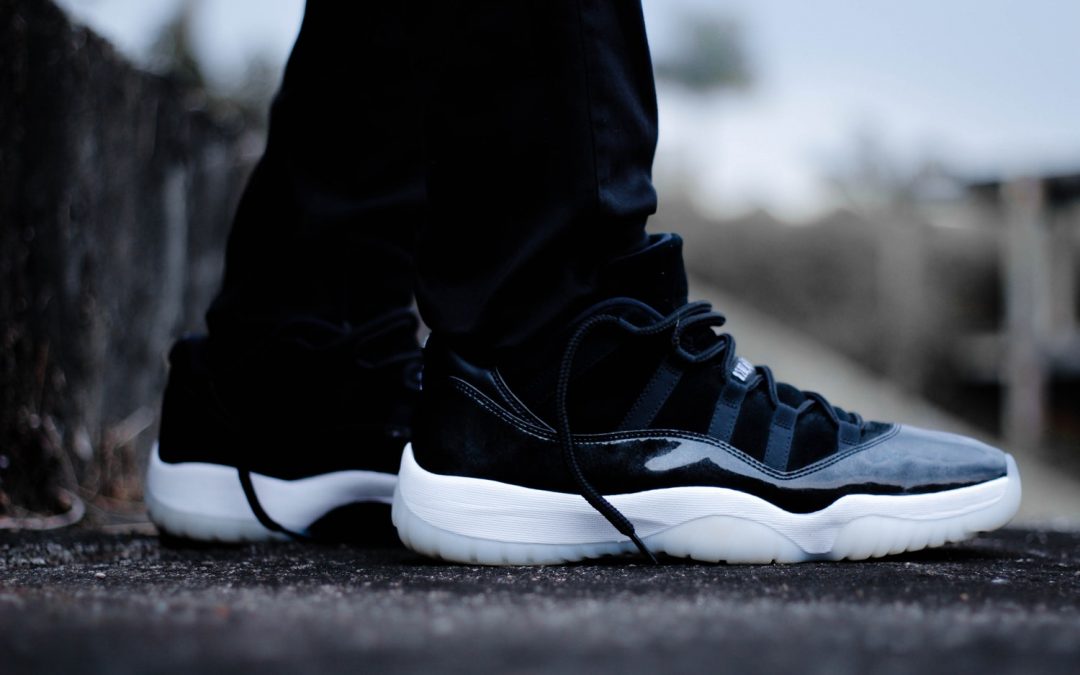
Performance and Outcomes: Measuring Fitness to Achieve Better Goals
Whether you’re a serious athlete or just starting out, you are probably no stranger to the idea of measuring your fitness in one way or another. Assessing our current status, comparing it to past levels, and setting goals for the future is a key motivational method...
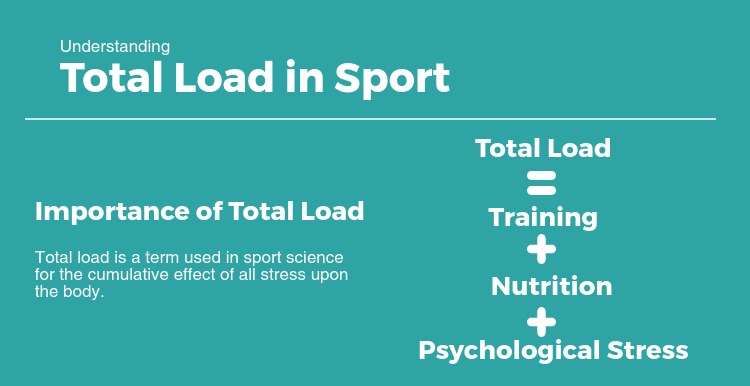
Total Load in Sport
An overview of total load in sport, how to monitor and manage it.

Athletes and Poor Sleep
Sleep is intrinsically linked to performance, recovery, health, wellness and much more. This infographic looks at why and how you can improve your sleep.
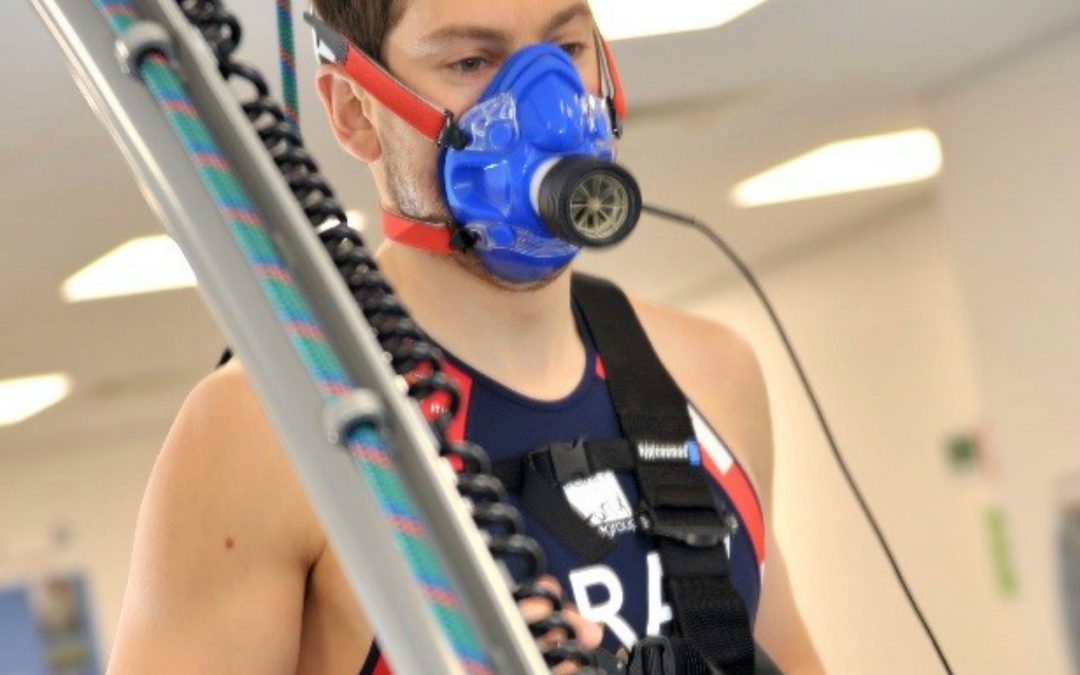
GB du/triathlete’s HRV and race performance correlation
I have been using ithlete for over three years now but it’s only been since the start of the year (2017) that I have started using it to its full potential with an ithlete Pro subscription. In previous years I would exclusively just use the iPhone app to help guide me...
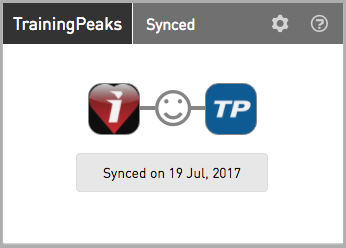
A Fully Integrated ithlete Pro and Training Peaks Experience
Training = Workouts + Recovery The secret to optimising training lies in managing your recovery. It makes sense that building a comprehensive data set of the two will enable athletes to manage the balance and improve performance. The full ithlete Pro and Training...
Want to know more about ithlete?
Follow these four easy steps to get started with ithlete today!
Choose a heart rate sensor
To measure heart rate variability (HRV) with ithlete you’ll need a heart rate sensor. You have the option to use an ithlete finger sensor or chest strap monitor. If you have a recent iPhone, iPad or Android device you may like to use our Bluetooth Smart chest strap monitor, or alternatively grab a Polar type analogue strap (we also offer one of these) and an ithlete ECG receiver to pick up the signal. Visit the ithlete store to find your preferred sensor.
Download the ithlete app
ithlete is available on both iOS and Android devices and can be downloaded from the App Store or Google Play. If you do want to check your model of smartphone or tablet is compatible check our FAQ page.
One minute daily measurement
After waking each morning relax and sit comfortably, slip on a chest strap or finger sensor and follow the on screen instructions to get an accurate reading of your heart rate variability. Taking the measurement couldn’t be simpler and in 60 seconds you will have a personalised training recommendation for the day.
Reap the benefits of training with ithlete
The idea is quite simple. Training is all about stress and recovery. A hard session, lack of sleep, mental stress etc. will lower your number. If your reading drops significantly, take this as an early warning that you are overloading the system. On the other hand a high score lets you know you should make the most out of the day. Benefits of this include avoiding overtraining, workout optimisation, guilt free rest days, improved performance and much more!

